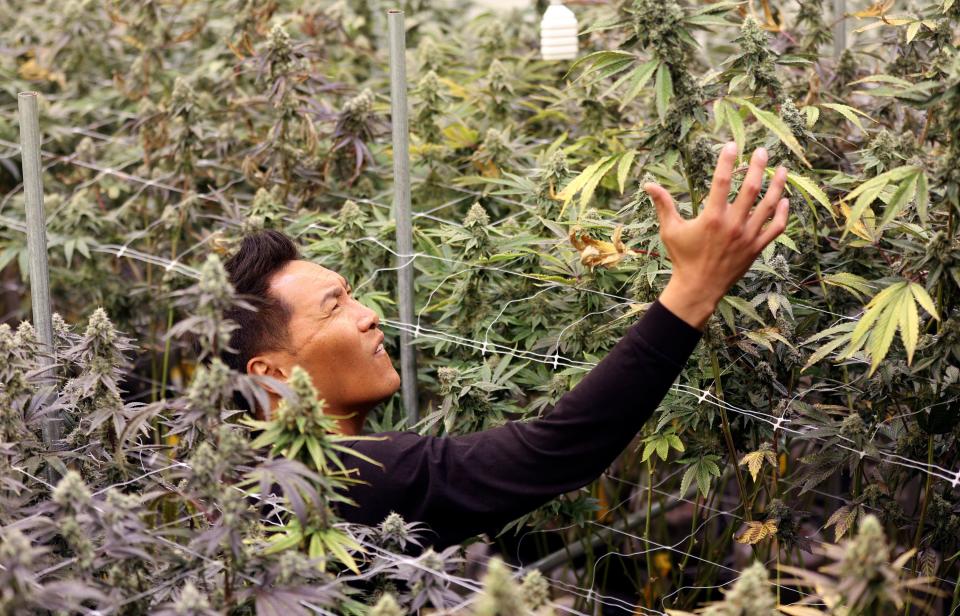Inside Utah’s medical marijuana program
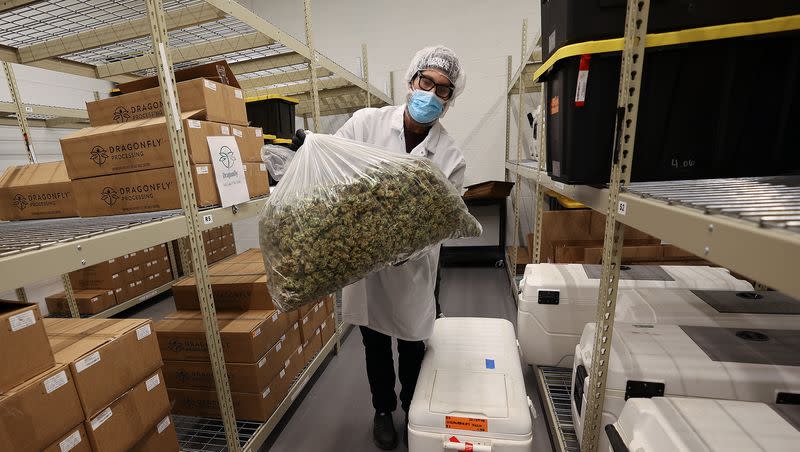
In a nondescript building in an industrial section of South Salt Lake, there’s a big bag of weed labeled Blue Dream — several bags, actually — stored in large Igloo coolers in a chilly room called the vault.
Meticulously cultivated on a former turkey farm in Sanpete County, the hand-trimmed marijuana buds will be machine-dropped into pouches containing 3.5 grams of the classic cannabis strain. A courier will deliver the packets to the Dragonfly Wellness pharmacy in Salt Lake City to be sold under its Betty label for $38 a pop.
Known to have powerful uplifting effects that can reduce pain and enhance the appetite, Blue Dream has a fruity taste with hints of cinnamon and pine, according to the Dragonfly website. It contains 18.25% tetrahydrocannabinol or THC, the major psychoactive component in cannabis, and 20.26% of THCA, the most abundant nonpsychoactive cannabinoid found in the plant.
One of Utah’s nearly 72,000 medical cannabis cardholders will eventually buy the pouch of flower and — if used legally under Utah law — grind it into a dry herb vaporizer to inhale as a treatment for pain, inflammation or depression. The state prohibits using an open flame to heat marijuana to smoke medicinally or recreationally.
Related
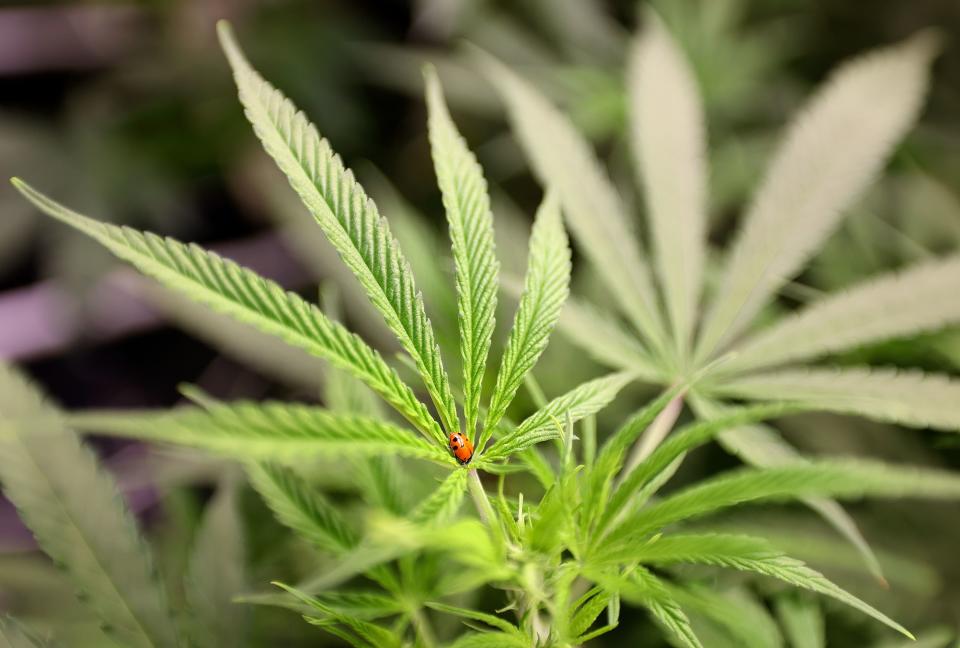
Though it’s not widely promoted, the Beehive State has a growing medical cannabis industry. Dragonfly Wellness opened the state’s first pharmacy three years ago this past March. Its seed-to-sale operation includes the grow farm in Sanpete County and the processing plant in South Salt Lake.
Dragonfly chief operating officer Narith Panh runs into people all the time who have no idea cannabis gummies, flower, tinctures, capsules, concentrates, topicals and vape cartridges are legally sold in the state.
“It’s kind of like this fight club,” he said. “Nobody wants to talk about it, nobody wants to report on it. It’s kind of this sticky subject. Only people who are actually in the program know about the challenges and the opportunities out there.”
Conservative Utah figured to be the last state to legalize marijuana in any form.
The Republican-controlled state Legislature approved the use of CBD oil to treat people with epilepsy in 2014, but a GOP senator’s subsequent attempts to extend the use of cannabis to other health conditions failed over the next two years. Proponents launched an initiative to get medical cannabis on the 2018 election ballot, where it faced opposition from the Utah Medical Association, Salt Lake Chamber, Utah Episcopal Diocese, The Church of Jesus Christ of Latter-day Saints and law enforcement.
Proposition 2 managed to pass but Republican legislative leaders had signaled their intent to rewrite the law. In the months prior to the election, the Utah Patients Coalition and the Libertas Institute, both of which backed Prop 2, began conversations with GOP legislative leaders, the medical association and church representatives, among others. They negotiated a bill the Legislature passed in special session soon after the public vote.
Related
After the contentious years-long public debate, Utah’s budding medical cannabis program seemed to go underground after finally getting off the ground in 2020.
What has happened since? Do Utahns see cannabis as legitimate medicine? Who uses it and why? Could it lead to legal recreational use?
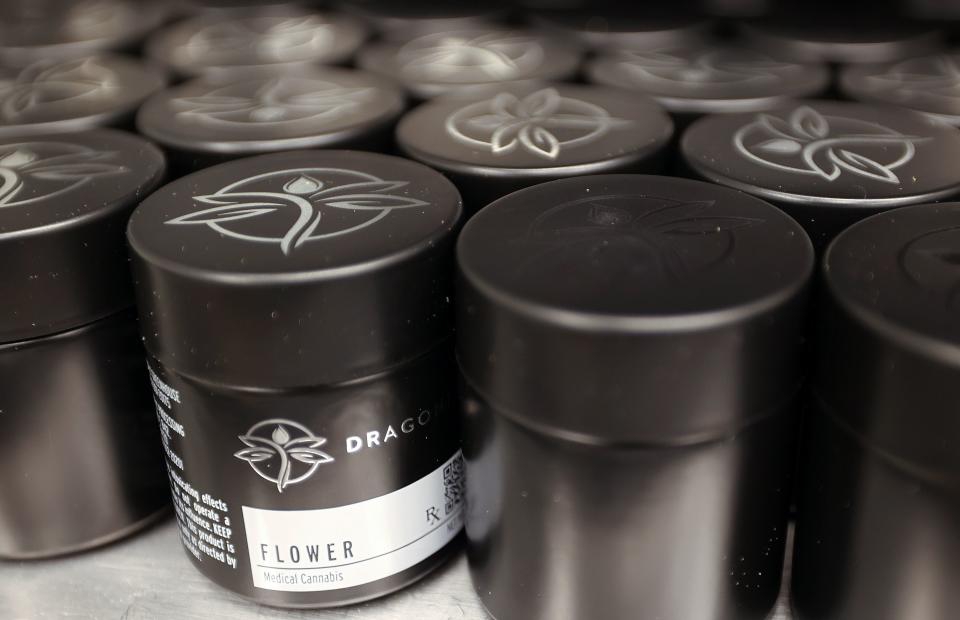
It’s still new
Many in the medical cannabis community say the 4-year-old program serves residents well, but could improve.
“Every year, we’re running into issues and we’re trying to fix them,” said Desiree Hennessy, executive director of the Utah Patients Coalition, which helped drive the ballot initiative.
Patients say costs are high for the products and for state-required visits with medical providers in a mostly cash business. Some products aren’t readily available, forcing customers to pharmacy hop, look to the black market or go out of state. Critics find the state regulations and licensing fees too onerous, making medical cannabis a tough business to run when combined with limited access to financing and no tax write-offs, since marijuana remains illegal under federal law.
And fear persists that medical marijuana in Utah could lead to legalized recreational use, despite no organized movement in that direction.
“My thought process has always been, and those that I’ve worked with in this space, is that if we have the very best medical program that we can have, we feel like that can prevent the need for recreational,” said Utah Senate Majority Leader Evan Vickers, R-Cedar City, a pharmacist by profession and a leader in establishing the state’s medical cannabis program.
Colorado is one of four bordering states, along with Arizona, Nevada and New Mexico, where recreational marijuana is legal — and where medicinal cannabis has become lost because dispensaries cater to that crowd, something Utah is trying to avoid.
“We don’t want to get to that point where the medical patients are being put in the backseat because we’re pushing so hard to allow for adult use, which I don’t know if that will ever happen here,” said Alyssa Smailes, executive director of the Utah Cannabis Association, one of two industry trade groups in the state.
A Deseret News/Hinckley Institute of Politics poll found nearly 4 in 10 Utahns are concerned medical cannabis could lead to legal recreational use, while about 6 in 10 do not share that concern.
The survey of 800 registered Utah voters conducted in April also found 40% believe marijuana should be legal for both recreational and medical use, while 51% say it should be medical only.
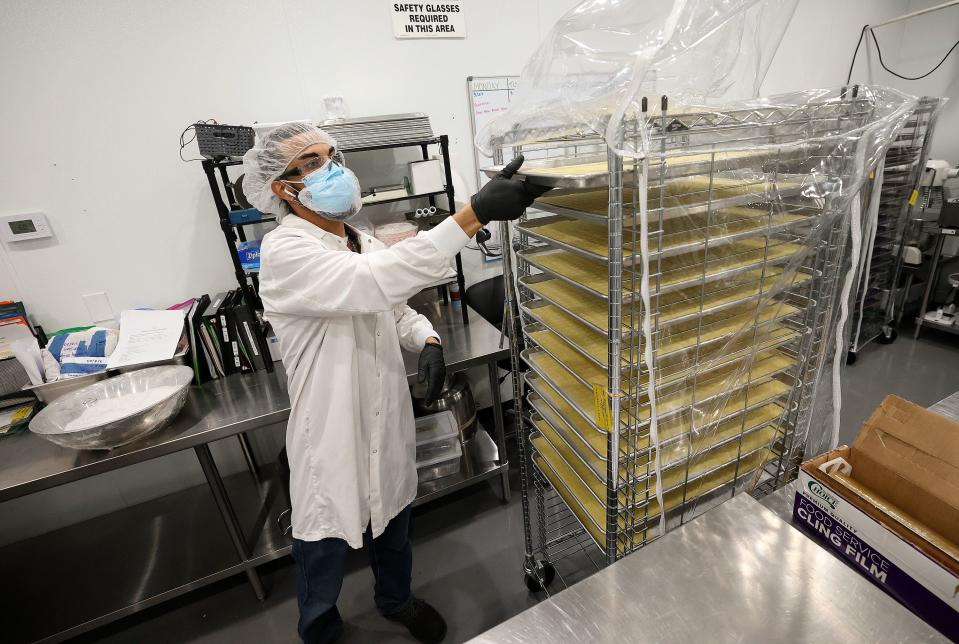
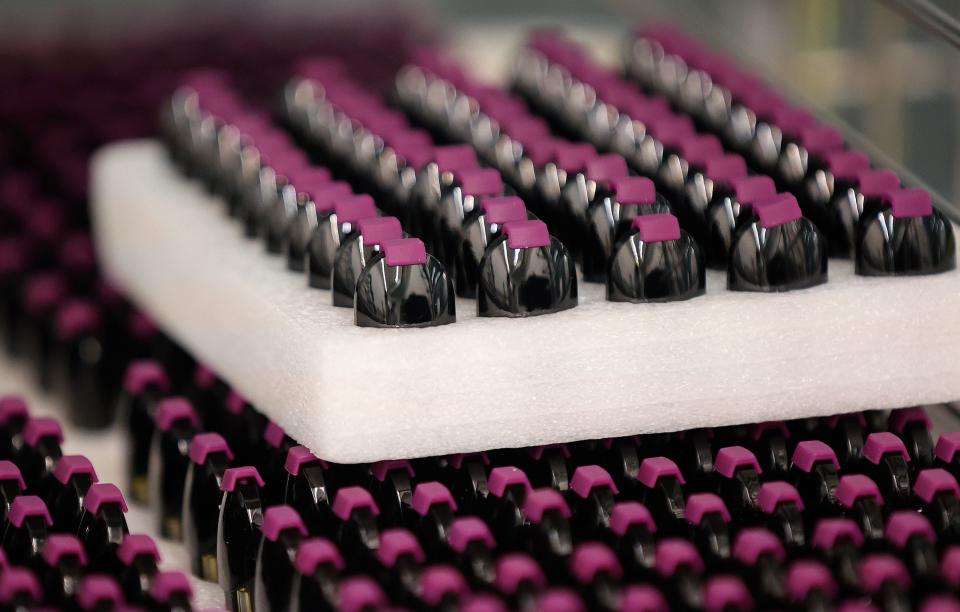

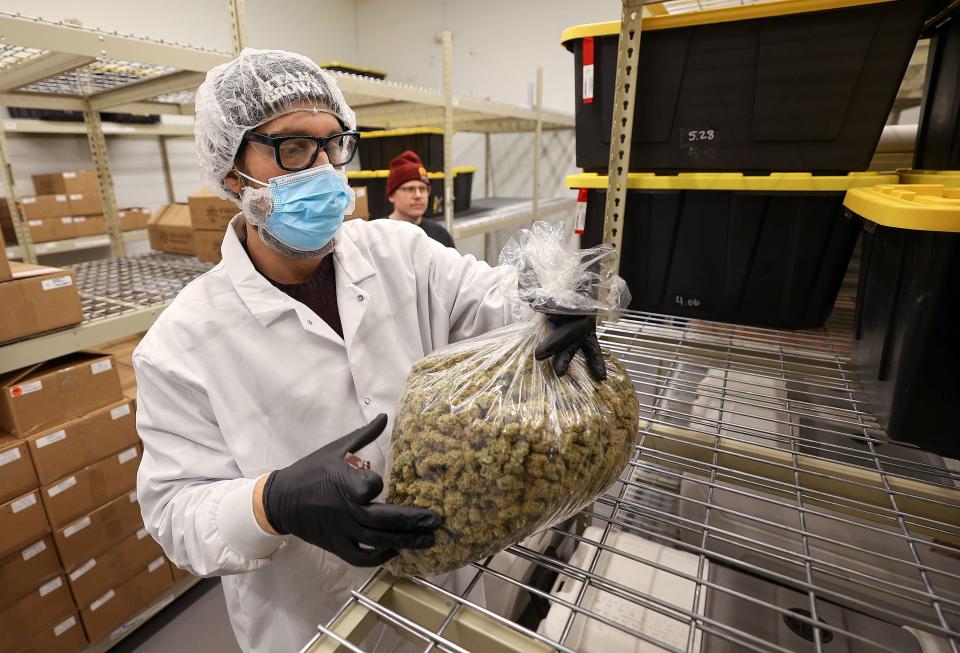
A growing industry
Overall medical cannabis sales in Utah totaled $118.7 million in 2022, a 59% increase over the previous year, according to data published by the Utah Department of Health and Human Services. Sales for the first six months of this year are $68.5 million. The state rakes $3 off every pharmacy transaction. Last year that came to $2.4 million. Utah took in $4.7 million last year, including pharmacy licensing fees and patient card fees.
By comparison, medical cannabis sales in neighboring Colorado topped $230 million last year, according to the Colorado Department of Revenue. But it’s a drop in the bucket in a state where the combined legal medical and recreational marijuana retail sales reached nearly $1.8 billion in 2022.

Utah is among 38 states where medical marijuana is legal. Twenty-two states also allow recreational use. Roughly three-quarters of the U.S. population lives near a medical marijuana program. Federal law prohibits the use of whole-plant cannabis or its derivatives for any purpose. But CBD derived from the hemp plant (less than 0.3% THC) is legal.
State officials have reported almost no serious crime associated with medical cannabis in Utah. Some teenagers hopped the fence and stole a single plant from a farm. They were caught when they tried to sell it to an undercover officer.
Utah’s medical cannabis program is one of the more restrictive in the country compared to other medical-only states such as Florida, Pennsylvania and Ohio.
Two government agencies oversee the cultivation, processing and sale of cannabis in the state. The Utah Department of Agriculture and Food runs the Utah Medical Cannabis Program and the Utah Department of Health and Human Services manages the Center for Medical Cannabis.
All cannabis sold as medicine in the state must be grown and processed in Utah.
Related
Dragonfly Wellness has one of the eight cultivating licenses allowed under state law. It bought 60 acres in Sanpete County, where it has a 50,000-square-foot indoor, climate-controlled greenhouse where thousands of plants thrive under high-intensity LED lights. Smaller greenhouses are under construction and a two-acre solar panel is coming online. A chain-link fence topped with barbed wire surrounds the facility. Security guards patrol at night.
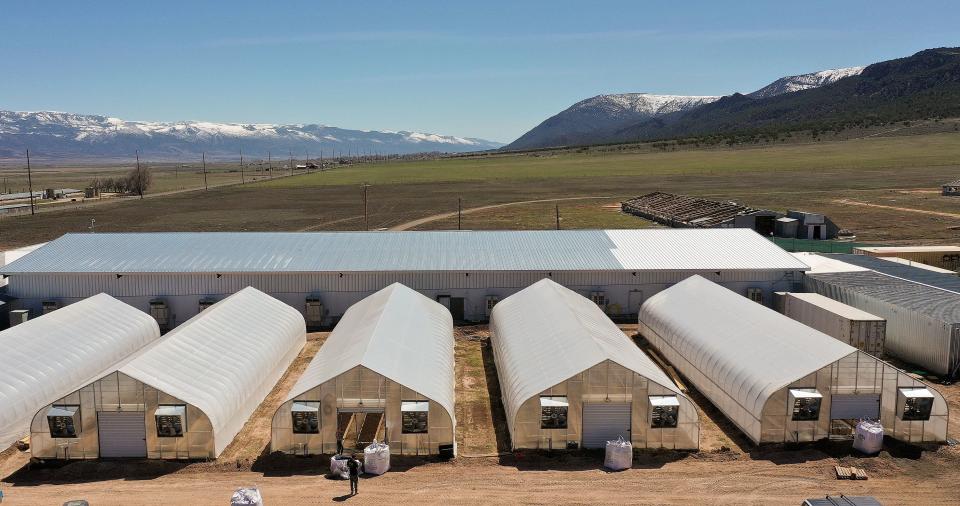
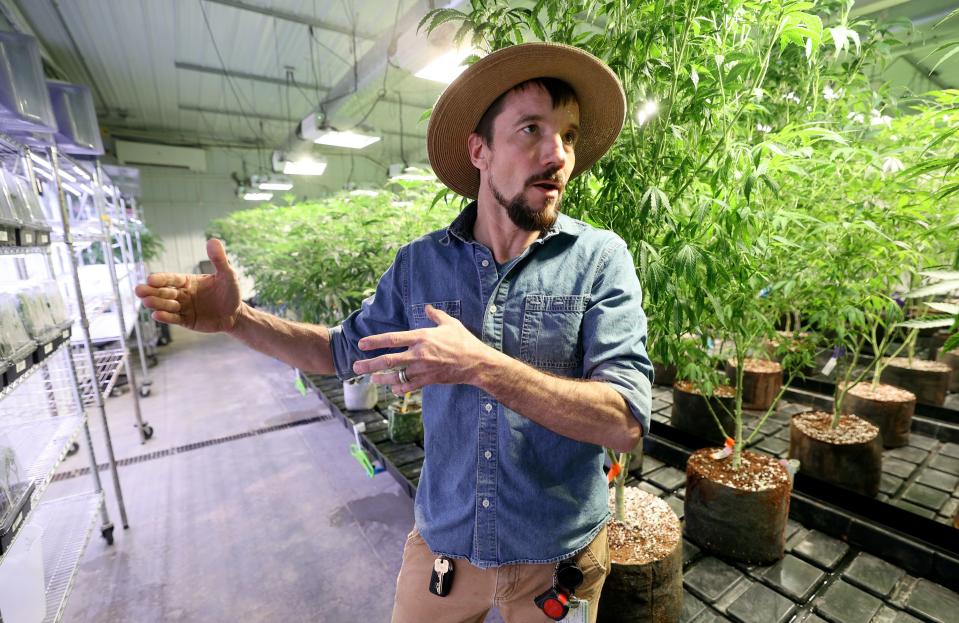
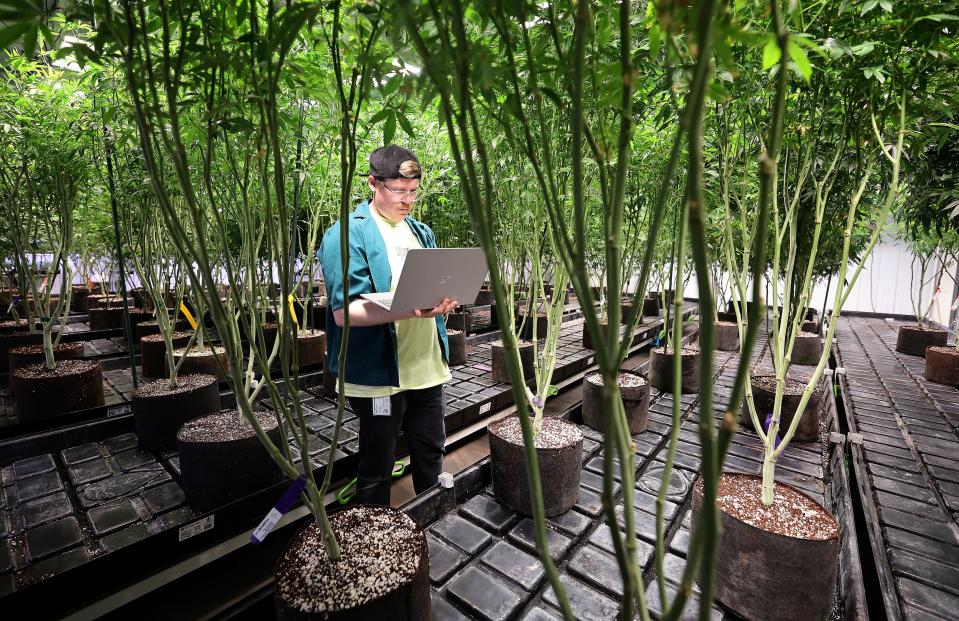
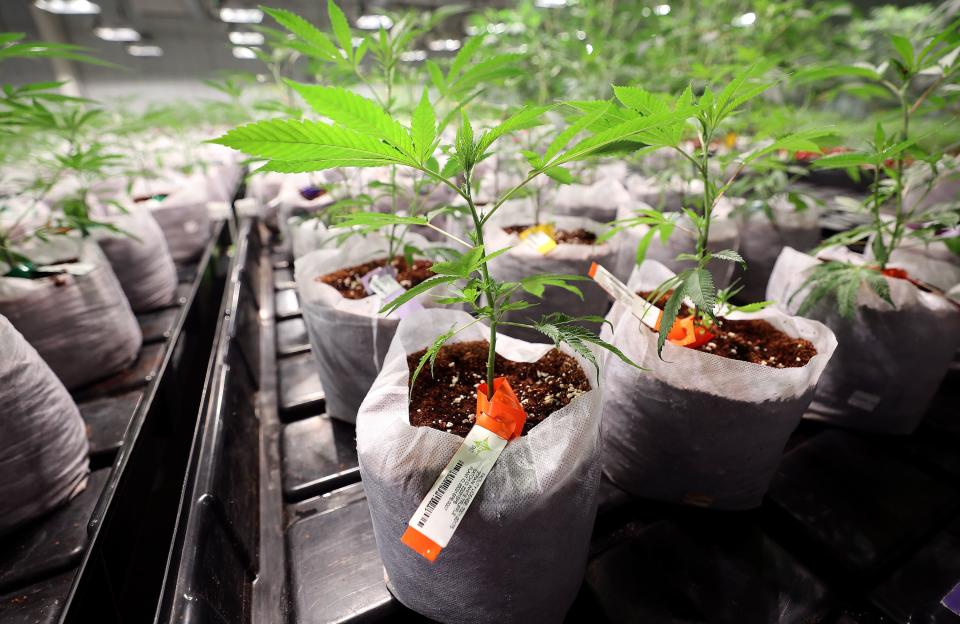
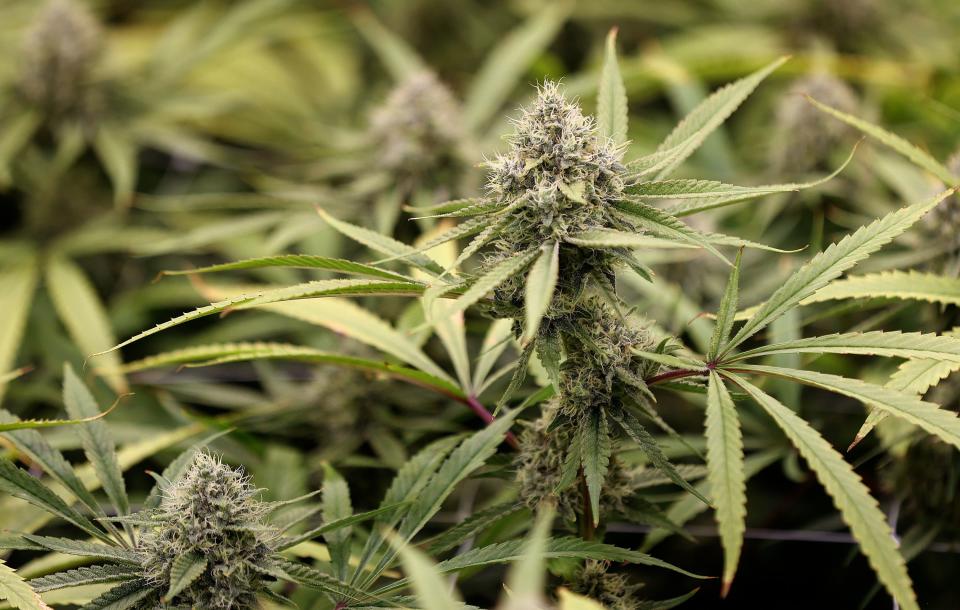
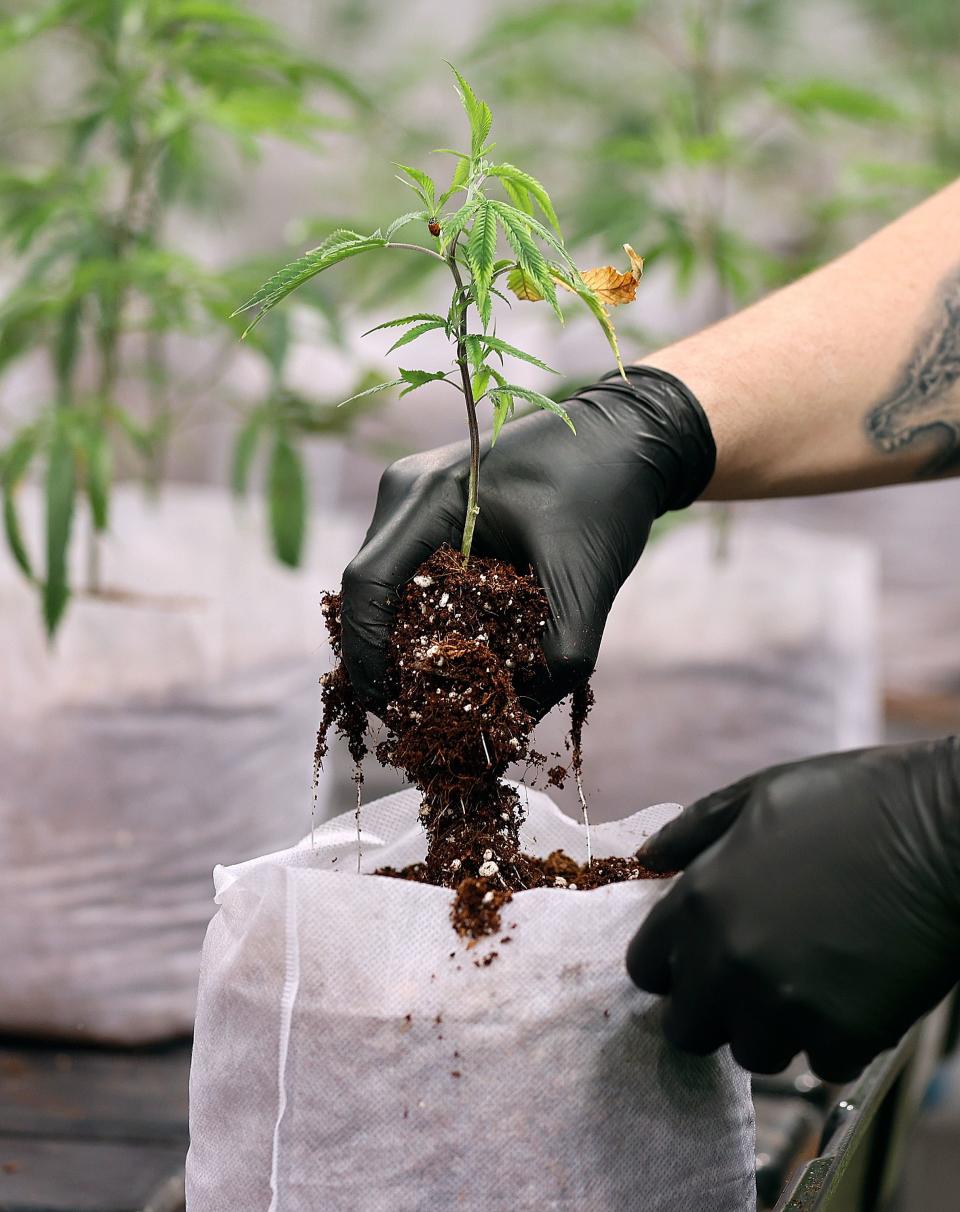
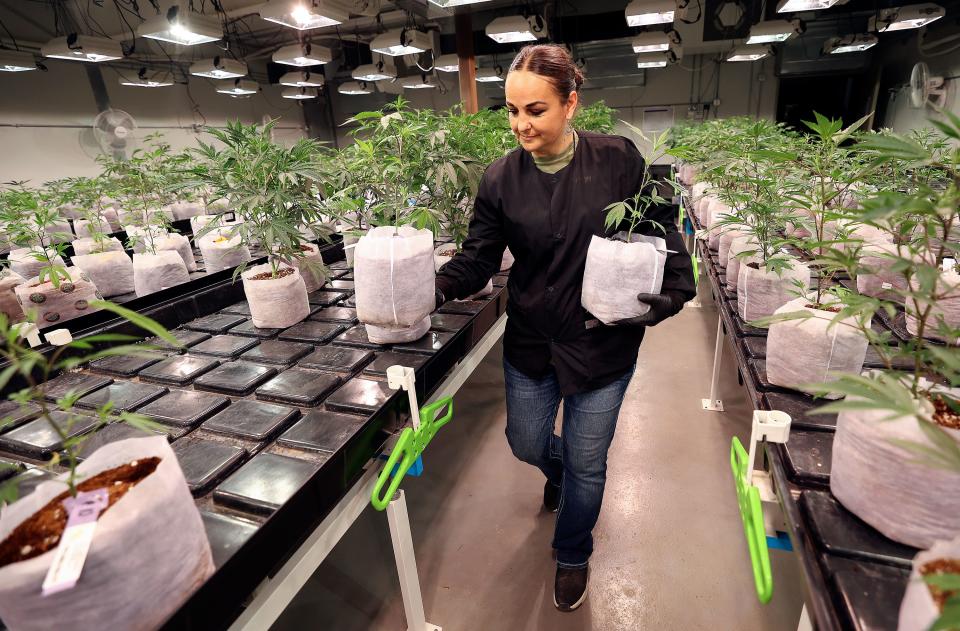
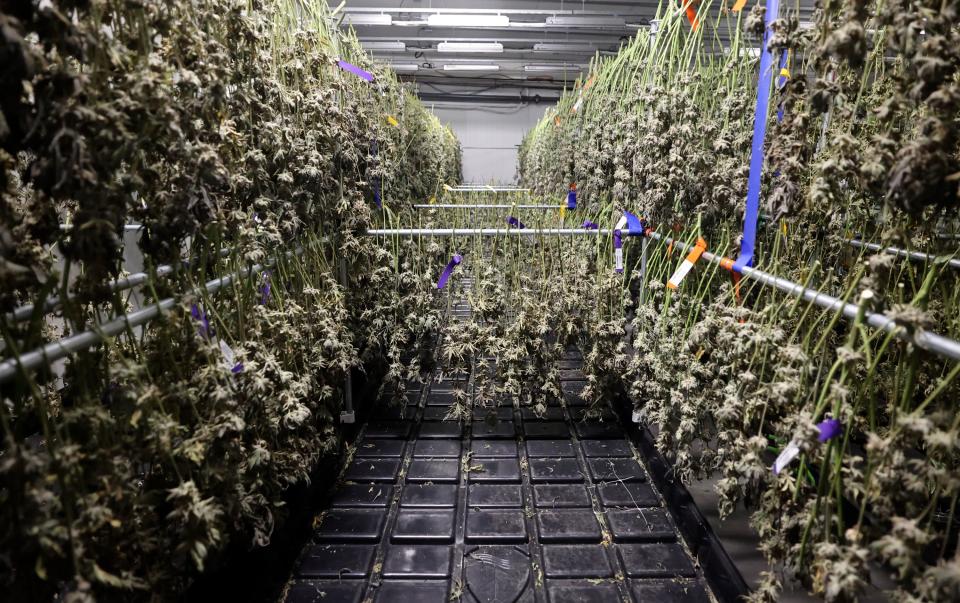
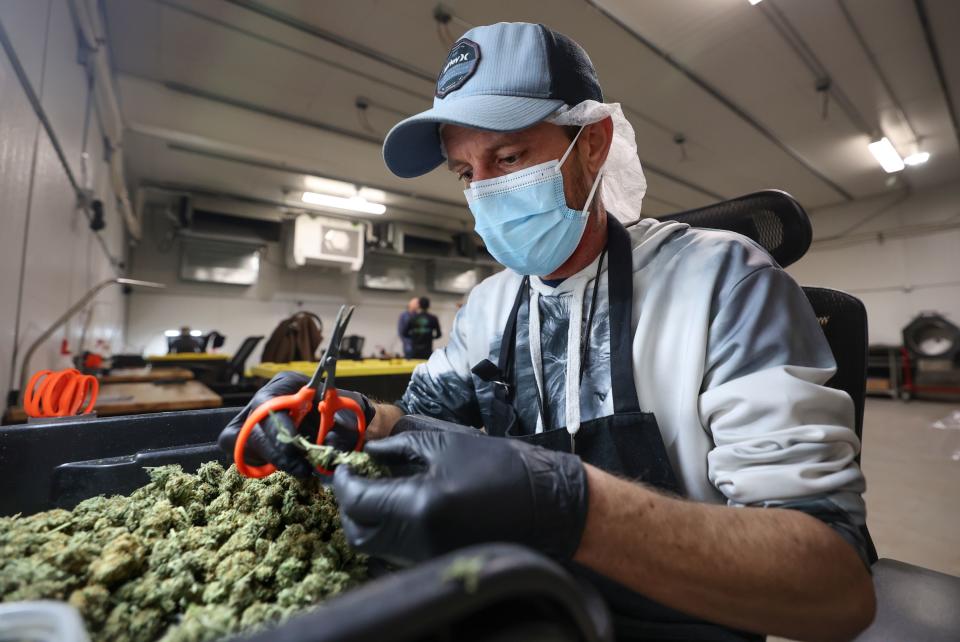
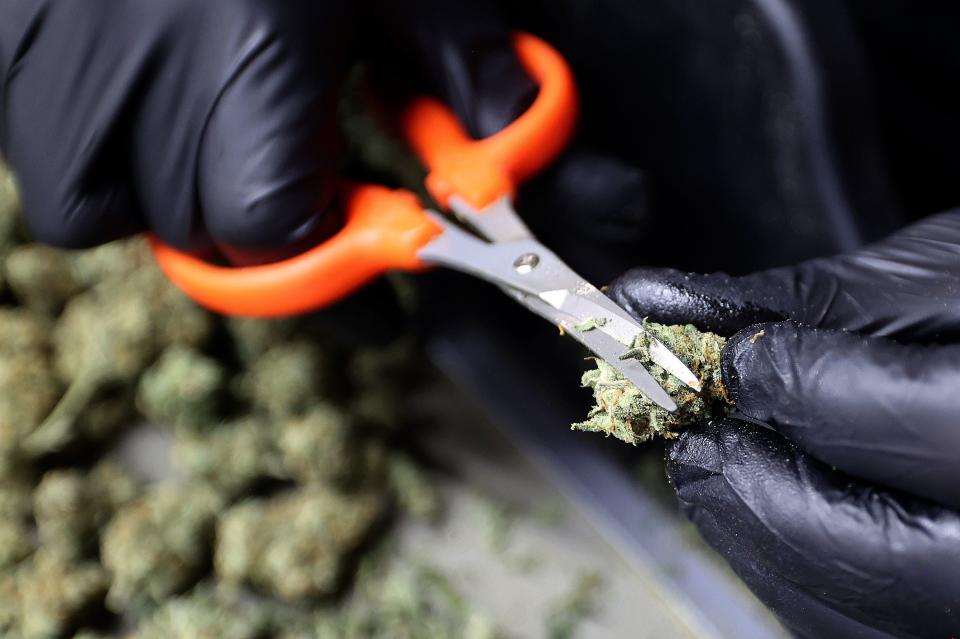
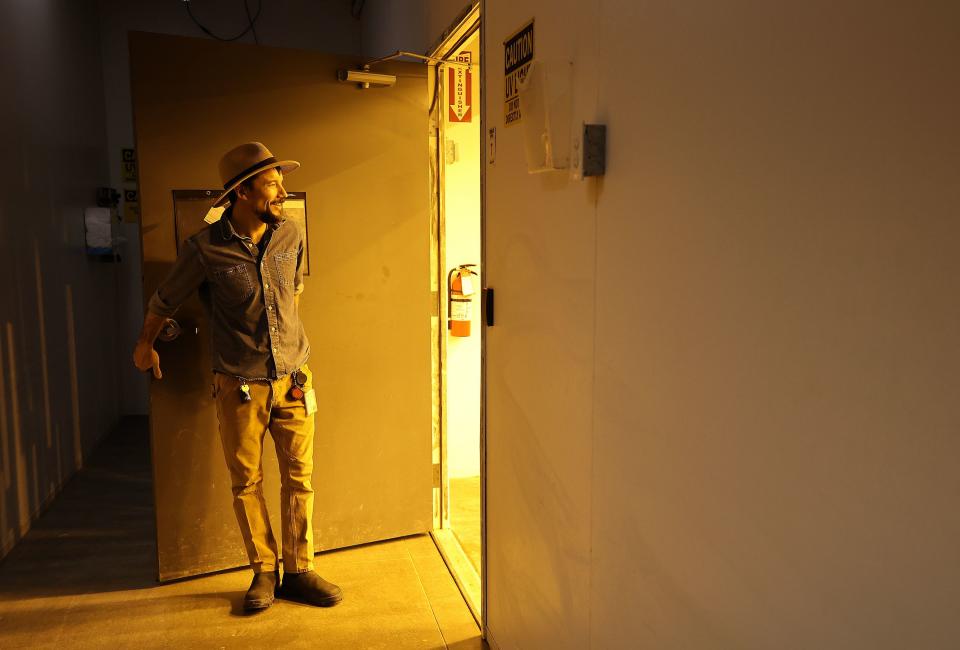
All the plants, which under state law must be individually tagged, are clones from mother plants to maintain genetics unique to the various strains of cannabis. Hundreds of ladybugs alight on the supple petals to control pests on the pesticide-free farm. It takes about 15 weeks for plants to flower.
Cody Henderson, Dragonfly director of cultivation, says the company aims to be a “boutique” grower. For him, cannabis is more than a medicine.
“I love the plant. I love it probably like an orchid breeder loves orchids just because there’s so much genetic variation. It’s one of the most hybridized plants on the planet at this point. It’s been crossbred a million times,” he says, reveling in the various canopies, colors and aromas cannabis plants produce.
In 2022, the eight farms in Utah, totaling nearly 280,000 square feet of indoor space and five acres of outdoor space in 12 locations across seven counties, produced 111,800 pounds of biomass and supplied 13 facilities that manufacture, package and label cannabis products.
There are 15 licensed cannabis pharmacies in the state, mostly along the Wasatch Front. Each has a different vibe, sort of a mix between an Apple store and Starbucks. Several have armed security guards inside. Some like Dragonfly are locally owned, while others operate in several states, including the multibillion-dollar Curaleaf, which recently announced a $20 million deal to buy Deseret Wellness’ three pharmacies in Utah, giving it four in the state.

Curaleaf CEO Matt Darin called Utah an important emerging market for the company, which has businesses in 19 states. By email, he predicted Utah’s medical cannabis program will grow as residents “become more comfortable and familiar” with it.
The company also sells recreational marijuana in states where it is legal.
“Legal, adult-use cannabis means just that, and we ultimately support any measure to ensure that cannabis is tested, regulated and age-gated via the legal industry,” Darin said, noting about two-thirds of Americans support legalization of cannabis.
The state agriculture department, which inherited oversight of the pharmacies and couriers from the health department this summer, inspects cannabis farms and processing facilities at least every three weeks. By comparison, other industries the department oversees have an inspector show up two or three times a year; meat packers have an inspector on-site every day.
Last year, the department conducted 246 inspections of cannabis farms and processors, leading to 52 citations and 122 warning letters. Violations range from inventory counts being off to a bottle being on the wrong shelf.
“We’re not trying to beat them up. We just want them to do it the right way for our patients and everyone else in the industry and for our state,” said Cody James, manager of Utah’s Industrial Hemp and Medical Cannabis Program.
All plants and products must be tested using random samples selected by the inspectors at the independent or state-run lab. Utah is unique in that the testing labs are not tied to the companies that sell the product, said Rich Oborn, director of the Utah Center for Medical Cannabis, adding, it’s a “scary Wild West” in other states.
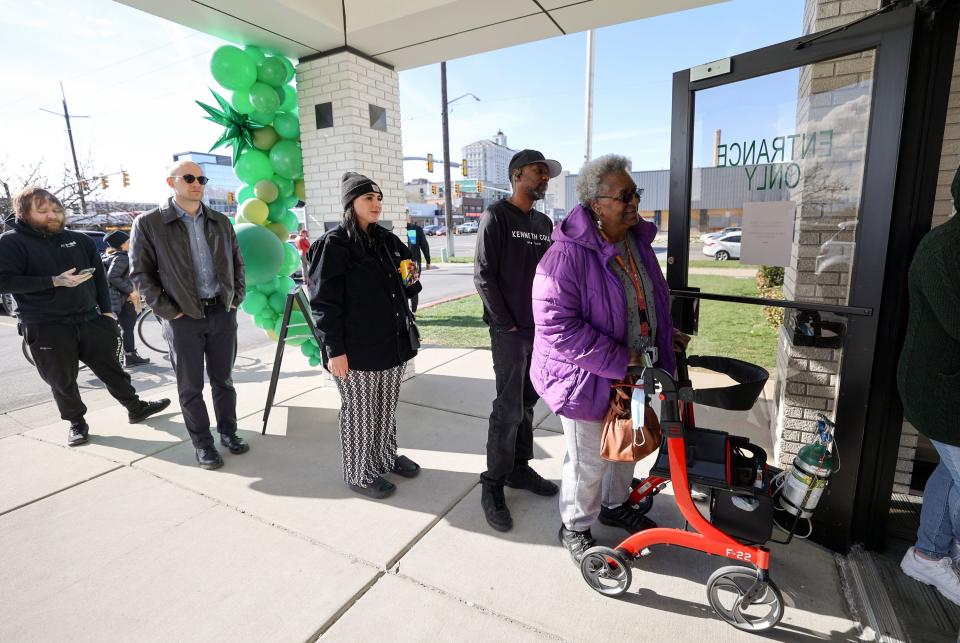
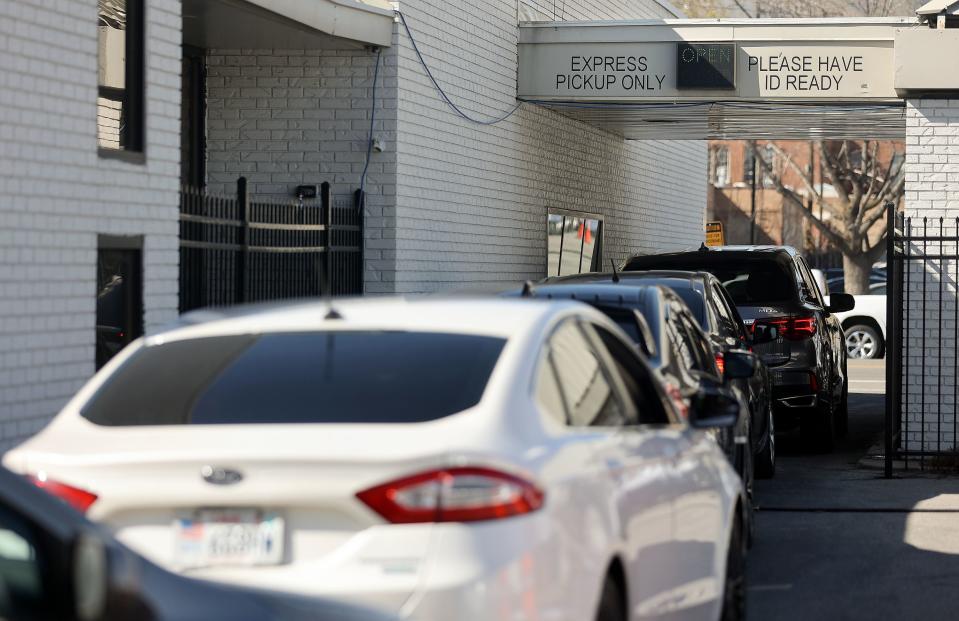


Who uses medical cannabis in Utah?
The number of Utahns who have medical cannabis cards has grown each year since 2020, per state health department data. But 40% of patients have dropped out of the program.
“It’s not a lack of want as much as it is not being able to afford it. I don’t blame them,” said Hennessy, whose advocacy group offers subsidies for patients.
As of July, 71,850 Utahns held cards, though the growth appears to be flattening. Programs typically top out at 1% to 3% of a state’s population. Utah is around 2%.
“We’re serving more patients than I expected to see actually,” Vickers said.
Related
Dragonfly Wellness added nearly 500 to the total during a 4/20 event in April — April 20 has become a holiday of sorts in the cannabis culture — aimed at getting more people signed up, including West Jordan resident Robert Stosich. He said he wasn’t sure how to get a card before, although his doctors told him he could give cannabis a try.
Stosich, 48, has anxiety and bipolar disorder. He said his legs “go crazy bouncing up and down” when he gets anxious. After a hit or two from a vape pen, the shaking stops, he said a couple of days after using medical marijuana for the first time.
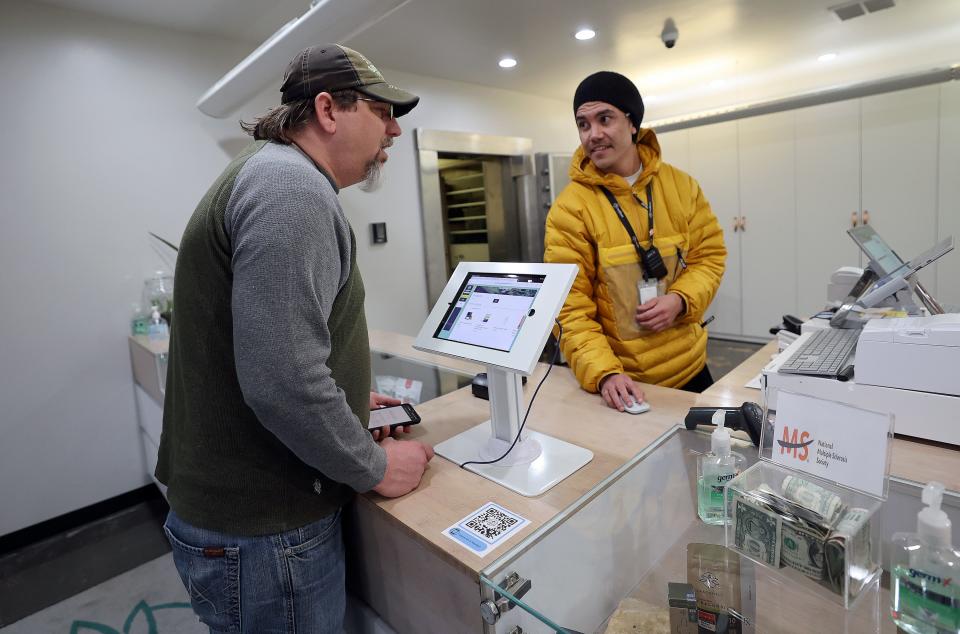
To get a card, patients must meet with a qualified medical professional — a medical doctor, physician assistant or nurse practitioner who has undergone four hours of state-required training — to obtain a recommendation for cannabis. An initial visit with a provider, which typically isn’t covered by insurance, averages $201 — cash only, according to the state health department. A renewal evaluation averages $128.
Patients must have a qualifying condition, which includes chronic pain, PTSD, autism, epilepsy, ALS, cancer, Alzheimer’s disease, multiple sclerosis, Crohn’s disease, nausea and rare and terminal illnesses.
More than three-fourths of Utah cardholders use medical cannabis for persistent pain, with PTSD a distant second and nausea and cancer following that.
Most Utah cardholders are ages 21 to 50. About two-thirds have made one or more purchases in the past 30 days, health department data show. Vape cartridges and pens are the biggest sellers, followed by flower and edibles.
State lawmakers recently made the cannabis card, which costs $15, good for one year, up from six months under previous law.
Providers can recommend cannabis medication to about 950 patients under state law. Currently, there are 959 approved providers statewide, only 236 of them doctors. Most are physician assistants or nurse practitioners.
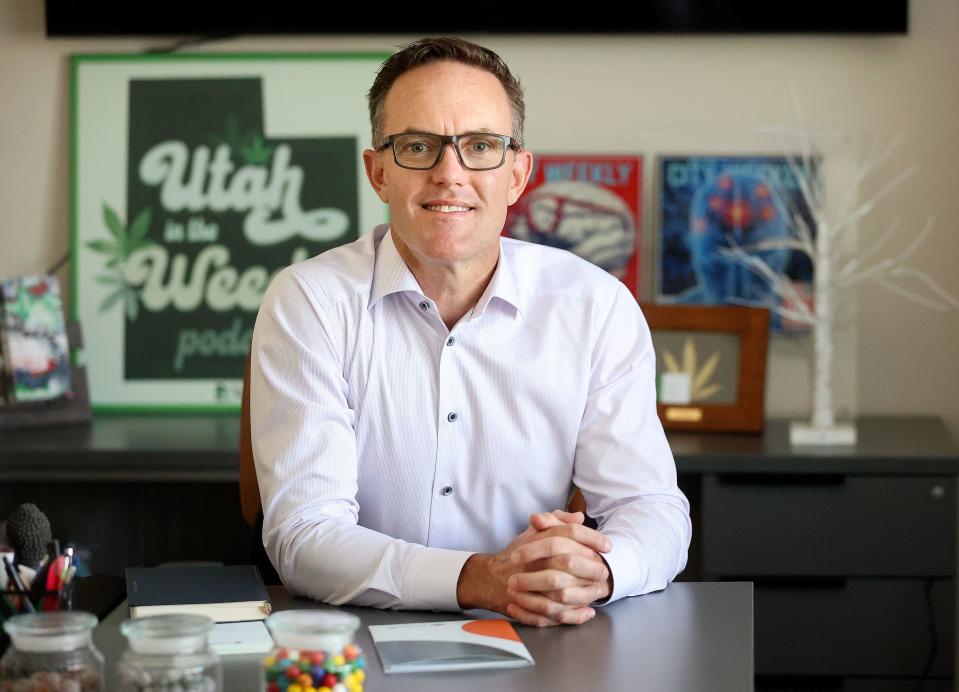
Is cannabis medicine?
Society has yet to treat cannabis as medicine, said Tim Pickett, a physician assistant who opened a cannabis speciality clinic in Murray called KindlyMD.
Pickett was called a “pot doc” on television. He said he doesn’t care what people call him but “I think that was a little disrespectful to the patients who would come see us.”
When KindlyMD opened, 8 in 10 patients had tried marijuana or were regular users. Now, Pickett said, about 40% have never tried it.
“It comes down to the fact that it’s really not about the cannabis. At the end of the day, it’s about empowering patients to make choices about their own health care,” he said.
Pickett gives Utah’s program mostly high marks, but said he wishes it were “more medical.” If a 62-year-old Parkinson’s patient with a lot of muscle spasms and chronic pain feels like it’s a recreational program masked as a medical program, that patient won’t choose to try cannabis.
One way to make medical cannabis more legitimate is for doctors to treat it like any other medication, Pickett said. Some providers who take a holistic approach and include cannabis in their normal course of care bill insurance companies for office visits, meaning patients only have a co-pay, something KindlyMD started this spring.
“That’s the key to legitimizing cannabis,” he said.
Further scientific study would also foster more understanding of the plant’s medicinal capabilities.
In conservative Utah, education and research, along with strict quality controls and regulations, would help further remove stigma and make it accessible to those who need it, especially as a substitute for opiate medications and other prescription drugs, Darin said.
Vickers called cannabis an “interesting world” because it’s an illegal substance under federal law and the federal government blocks a lot of the research that could be done. Utah, he said, has “found ways to get around that” with legislation allowing medical studies at the University of Utah and agricultural studies at Utah State University.
Proponents tout medical cannabis’ many uses, including treating pain, nausea and vomiting, increasing appetite and as a sleep aid, among other things.
“It’s like a pharmacy in a flower,” Pickett said.
But Pickett said there can be downsides to cannabis use. Reasonable data show that about 8% of people who use it regularly are going to be somewhat addicted, he said, adding nobody likes to talk about it because it’s a “nonaddictive substance.”
There are people who use it too much, he said, describing a patient who was spending so much money on cannabis that it affected her job and her ability to take care of her family. “Nobody likes to talk about that,” Pickett said.
Also, vaping and inhaling lots of cannabis causes inflammation in the lungs, he said.
The Mayo Clinic said further study is needed to determine if cannabis is safe, but possible side effects of medical marijuana include increased heart rate, dizziness, impaired concentration and memory, slower reaction times and drug-to-drug interactions.
Related

Does medical cannabis cost too much?
One of the biggest complaints among patients and the main reason people don’t renew their cannabis cards is the cost of the medication.
Kerra Davis, a stay-at-home mom of three boys, estimates she spends about $300 a month to treat chronic pain from endometriosis, pelvic congestion syndrome and arthritis.
“It’s definitely expensive,” she said.
Davis bought cannabis on the black market or out of state before Utah’s pharmacies opened. She said it helped her get off the dozen pharmaceutical drugs she was taking for her medical conditions.
“It really changed my life. I got myself back, who I am back,” she said.
Davis, 36, goes to at least three different pharmacies to find the vape cartridges and tinctures she uses, which she finds a little frustrating. She also said it’s “ridiculous” how much some medical providers charge to recommend a cannabis card.
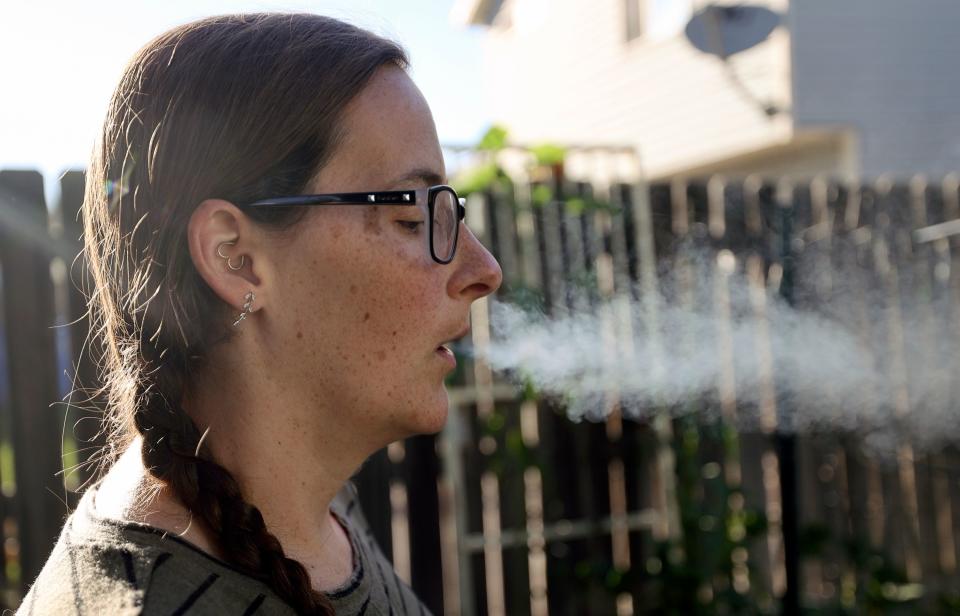
Sarah (not her real name), a 34-year-old mother of three children who was diagnosed with breast cancer in 2018, has a Utah cannabis card but doesn’t use it.
Her analytical husband put together a spreadsheet comparing prices, taxes, gas and time in Utah and other states. She found it cheaper to drive to Oregon, where she spends $500 every six months to stock up on medication. She said the same $500 would buy a month’s supply in Utah.
“I want to follow the law as much as I can. I just can’t afford to purchase it in Utah,” she said.
The Utah Cannabis Association and the Utah Cannabis Co-Op did a price comparison last summer of the three most commonly purchased products — vape carts, flower and gummies — in 19 states. The average cost for those items among the states was $134.25. Utah came in at $130.85, but much higher than neighboring Colorado and Nevada. Oregon, where Sarah buys her medication, was not part of the comparison.
A Utah Department of Health and Human Services survey last December of nearly 9,000 patients, medical providers, advocates and medical cannabis pharmacy representatives found a high degree of satisfaction with the state’s program.
It said 68% are happy with their access to medical cannabis pharmacies and home delivery services. It also found that 61% of patients say that pharmacies in Utah consistently have the products they need and 57% say the pharmacies have a good variety.

What role do pharmacists play?
Utah is the only state that requires pharmacies to have a licensed pharmacist on site who does a free consultation with each new patient. Pharmacy transactions were cash-only until the state recently allowed the use of debit cards. All sales must be done in person.
Some question the need for an onsite pharmacist, contending they are “out of their element” when it comes to knowledge of cannabis and only add costs that get passed down to patients.
Oborn said the pharmacist “legitimizes” the operation as a medical service.
Panh, the Dragonfly COO, agrees that from a business perspective, paying a pharmacist makes the products more expensive. But from a patient-first perspective, he said, it provides a level of comfort.
Because marijuana use remains illegal under federal law, most doctors defer to pharmacists to give patients information about medical cannabis, said Kevin Baumgartner, a Dragonfly pharmacist who previously worked in traditional grocery store pharmacies.
Pharmacists can’t legally give a patient a prescription but can recommend a treatment regimen.
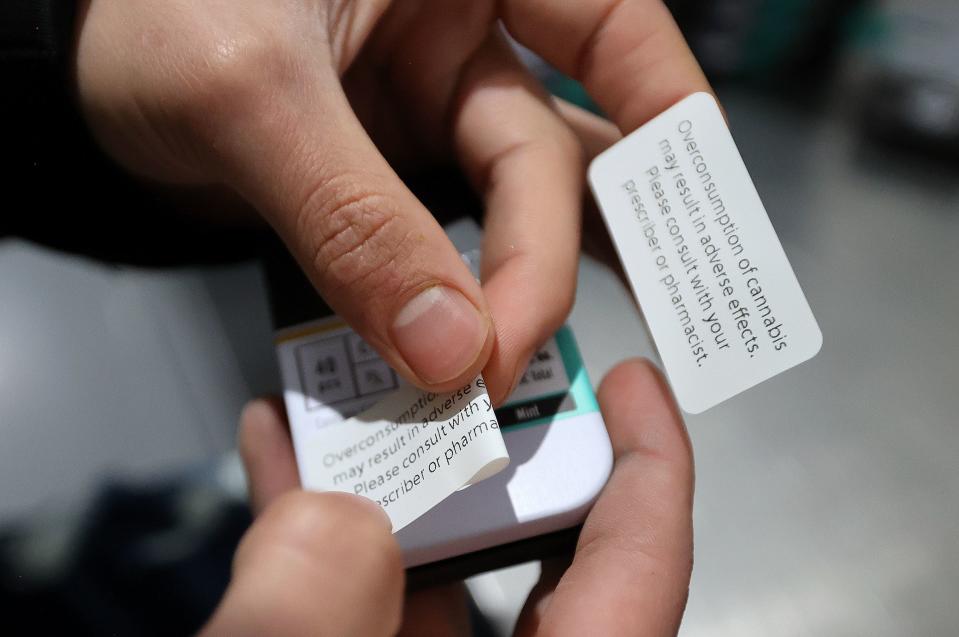
Too much or just enough regulation?
In other areas, though, Panh finds the state’s regulations heavy-handed. He says it’s “10 times worse” than the regulation of alcohol in Utah under the Department of Alcoholic Beverage Control, which recently changed its name to the Department of Alcoholic Beverage Services.
Panh believes the state puts more effort into controlling the medical cannabis space than it does to providing a service.
“We can’t even move a fridge to the other side of the room without somebody coming out to inspect and make sure we did it right,” he said.
Packaging and advertising of cannabis products has been a point of contention between the state and the industry.
Recently, Dragonfly had a worker placing stickers over pouches that showed an image of the outline of two cannabis tablets because it violated state law. The worker was also adding a stick-on warning label.
Brandon Forsyth, Utah’s hemp and medical cannabis division director, said people using medical cannabis are often elderly or have a health issue that might make it difficult to read the fine print on the label.
“We’re not just needlessly creating rules. We’re trying to protect patients and we’re trying to minimize the risk to the public,” he said.
The state wants cannabis products to look like medicine. It bans colorful packaging and advertising that might appeal to children.
Vickers said the cannabis space has the potential for corruption and misuse so he welcomes more scrutiny. He called Utah’s program a work in progress.
Oborn, the state’s medical cannabis center director, said he believes Utah has a good system in place to ensure not only patient access with the help of health care providers but that cannabis is accounted from seed to sale.
“In the end,” he said, “it’s getting the patient connected with trained professionals, preventing diversion and educating patients and medical providers on the health effects of using cannabis.”
